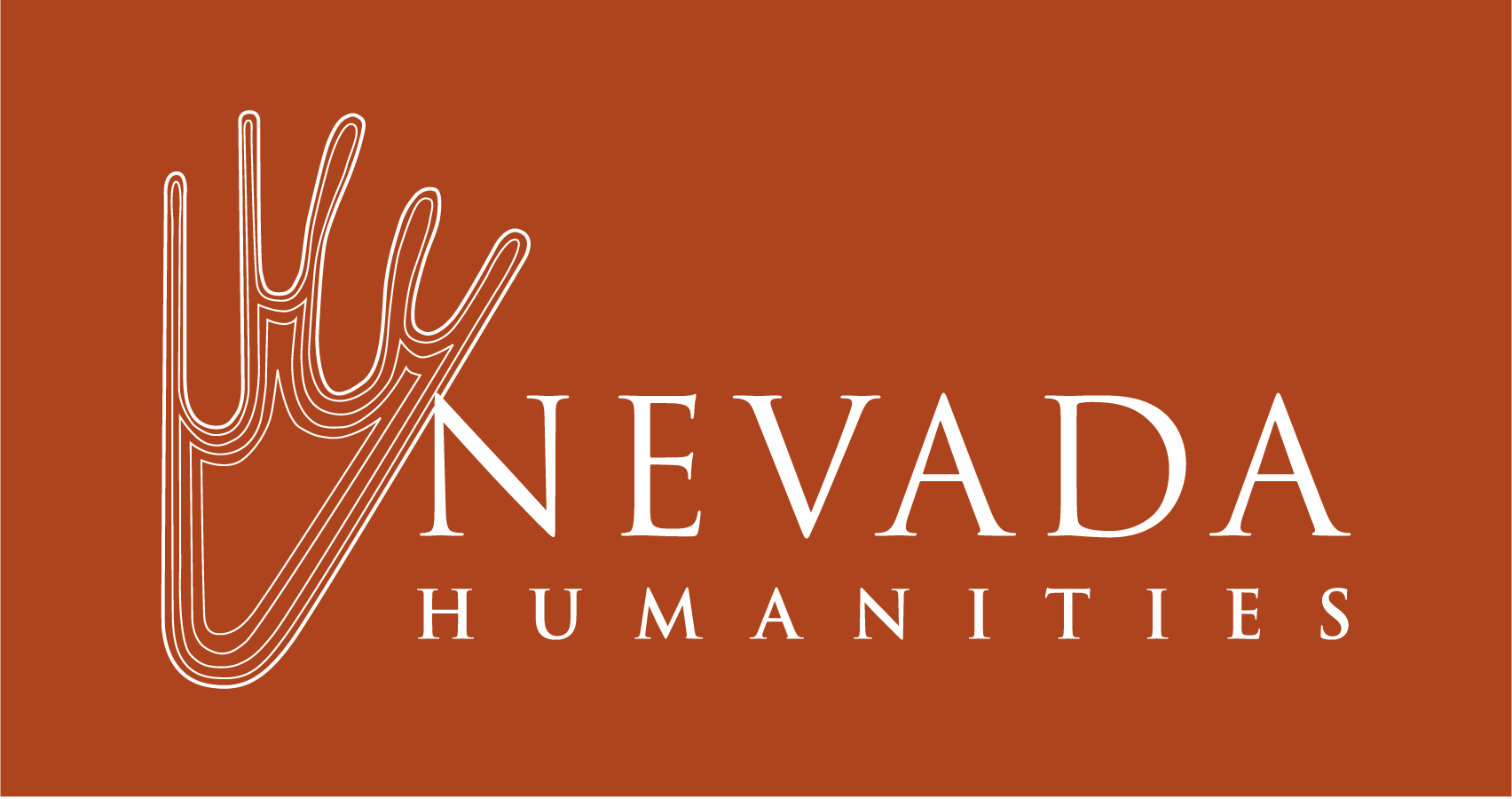The Opposite of Addiction is Connection
By Todd Felts, Ed.D.
As a professor who teaches strategic communications, I was recently asked to moderate a discussion on pain and healing. I wasn’t sure what contribution I might make to the dialogue. At the Reynolds School, I teach students to identify audiences, develop a hook for a story, and share messages to resonate across communities and on social media during times of crisis. What could I offer to a discussion about current practices and pitfalls in treating pain or exploring non-traditional routes to pain management?
I decided I would learn from the three panelists. I knew they would bring a wide-range of perspectives considering Nevada Humanities had assembled a practicing physician, a psychologist, and a physical therapist to share their thoughts as part of The Salon: Pain and Healing on Friday, March 16.
I have watched young vibrant people change as they face pain management. I’ve supported friends after they’ve lost their children to addiction.
I’ve hurt, and I’ve faced the upward battles of healing.
Last year a dear friend lost his son to an overdose. Over the years, I had run into his son – a beautiful, kind, blue-eyed young man, who seemed in every respect a strong, bright, and well-adjusted person. I knew he had struggled with drug use over the years, but he felt he had won his battle against pain and addiction when I sent him a congratulatory post on Facebook following his college graduation. I was shocked to learn that in a matter of days, he went from doing great to losing his life. This loss changed my thinking about pain and how some people seem to do ok, and others don’t. What went wrong so quickly? What if more people knew more about addiction and the addicted? What if a strategic communication campaign had reached more deeply into his community and educated people on how they could have helped him? What if there were more forums (and Salons) where people shared ideas?
As Friday night’s Salon discussion evolved at Sundance Books and Music in Reno, Nevada, I quickly recognized that perhaps it was going to be about strategic communications, after all. One of the first points made was by Barbara Kohlenberg, Ph.D., a psychologist and medical school professor at the University of Nevada, Reno. She reminded the group that the opposite of addiction is not sobriety, but in fact, connection. I was immediately engaged in her idea that healing requires connection. Her point was when we are linked, we help each other heal. She explained that pain is better managed when people recognize that it exists in the first place.
Lynn Kotlicky, PT, DPT, a physical therapist at Renown Health, agreed that the conversations she has with her patients are often as important to their healing as the physical rehabilitation. “I have to get to know my patients and help them find their own path to healing,” she told the crowd.
It was these comments that made me think that there is a major role in strategic communications at helping move people from pain to healing.
Reka Danko, M.D., the director of the hospitalists group at Saint Mary’s Medical Center, agreed with me. Dr. Danko spent years at the medical director at Northern Nevada HOPES, building an integrated care model to deliver services and treat addiction. “Pain requires us to recognize that treatment is about understanding the individual and making connections for them,” she explained. “It’s about understanding what pain is in the first place, naming it, and treating it for what it is—a problem that impacts all of us.”
Connection is an important part of strategic communications.
As a community we can use the proven tactics at engaging audiences around pain and healing. Our first step is to uncover the facts and teach people how to assist in create an environment where healing can occur. This requires engaging government officials to recreate our system to heighten awareness. We need greater connections and even more strategic approaches to eliminating the crisis of pain by researching both the people who heal and the people who haven’t yet. We need to plan our engagement campaigns to bring people together and deliver stronger messages to get people to sit-up and take-notice.
This Salon was the launch of future conversations around the national opioid epidemic, which Nevada Humanities is exploring through the lens of two books: Sam Quinones’ Dreamland, and Julie Buntin’s Marlena: A Novel.
I believe the Salon conversation was a terrific step in the right direction in creating a strategic community conversation about pain and healing. Connections do indeed matter.
Todd Felts, Ed.D., APR, @toddfelts, is an assistant professor of strategic communications at the University of Nevada, Reno. His research involved ways to reach vulnerable populations with critical messages and use social media to transform and inspire communities. Dr. Felts sits on the board of directors for Northern Nevada HOPES and Nevada Humanities; he moderated the recent Salon: Pain and Healing.

